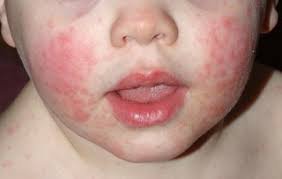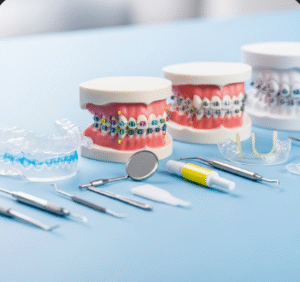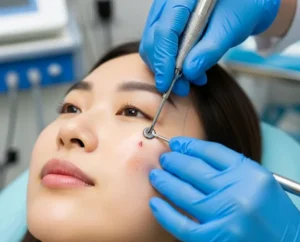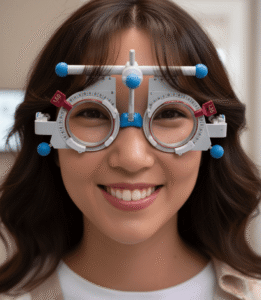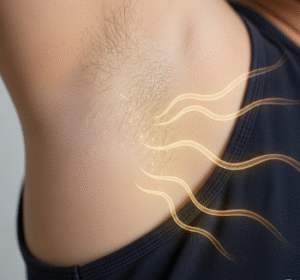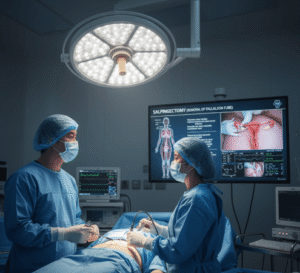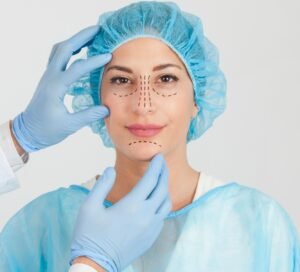What it is
➝ Scar massage is a rehabilitation technique taught to patients after surgery to improve scar healing, flexibility, and cosmetic outcome.
➝ The massage involves applying gentle but firm pressure over a healing scar to soften fibrous tissue, improve blood flow, and reduce tightness.
➝ It is commonly introduced after surgical incision healing, plastic surgery, orthopedic operations, and C-section recovery.
➝ In Korea, scar massage is an integral part of post-operative care, often provided through dermatology, plastic surgery, and rehabilitation clinics with structured patient education.
Why it’s done
→ To prevent adhesion of scar tissue to deeper structures.
→ To reduce scar thickness, stiffness, and tenderness.
→ To improve range of motion in areas like joints or neck surgery scars.
→ To enhance cosmetic appearance, making scars flatter and less visible.
→ In Korea, massage is valued for its role in combining functional recovery with aesthetic scar management.
Alternatives
→ Silicone taping or sheets: Prevent hypertrophic scars but don’t mobilize tissue.
→ Intralesional steroid injections: For hypertrophic or keloid scars.
→ Laser therapy: To reduce redness and thickness.
→ Physical therapy techniques: Stretching, ultrasound therapy for scar remodeling.
→ Surgical revision: Reserved for severe, resistant scars.
Preparation
→ Scar massage should only begin after the incision is fully closed and sutures/staples are removed, typically 2–3 weeks post-op.
→ Patients should confirm with their surgeon before starting, especially after high-tension closures or grafts.
→ Clean hands and moisturizers (fragrance-free, often silicone-based or ceramide creams) are recommended to reduce friction.
→ In Korea, patients often receive demonstration sessions at follow-up visits, sometimes supported with clinic videos or mobile apps.
How it’s Done
→ Pressure technique: Place two fingers over the scar and press firmly but comfortably until the tissue blanches slightly.
→ Directional massage:
- Vertical (up and down the scar).
- Horizontal (across the scar).
- Circular (small circles over and around scar).
→ Duration: 5–10 minutes per session.
→ Frequency: 2–3 times per day.
→ Continue massage for at least 2–3 months, longer if scar remains raised or stiff.
→ Korean surgeons often recommend combining massage with scar creams or silicone gels for added benefit.
Recovery
→ Patients typically report reduced tightness and itching within weeks.
→ Scars gradually become flatter, softer, and less red.
→ Mobility improves in scars crossing joints or high-tension areas.
→ Consistent massage, combined with other scar care (silicone, laser), yields the best long-term results.
Complications
→ Pain or bleeding if massage is started too early on an unhealed wound.
→ Skin irritation if harsh creams or too much pressure are used.
→ Patient compliance issues due to time commitment.
→ Rarely, aggressive massage may worsen fragile healing scars.
Treatment Options in Korea
→ Post-op scar massage is standard education in Korean plastic surgery and dermatology clinics.
→ Many hospitals provide step-by-step illustrated leaflets or smartphone apps for patient guidance.
→ Clinics integrate scar massage into a multimodal approach: silicone taping, laser therapy, and sometimes intralesional injections for optimal prevention.
→ Rehabilitation centers often include scar massage training for orthopedic and burn patients.
→ With Korea’s focus on cosmetic and functional outcomes, scar massage is taught as an essential skill for patients and families, ensuring long-term scar health and appearance improvement.



